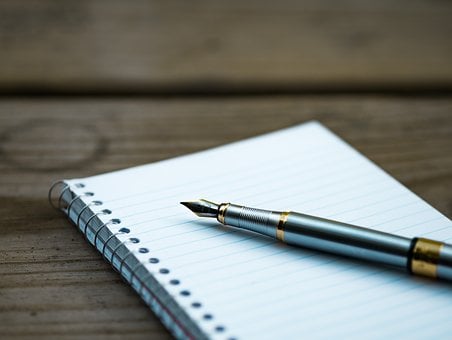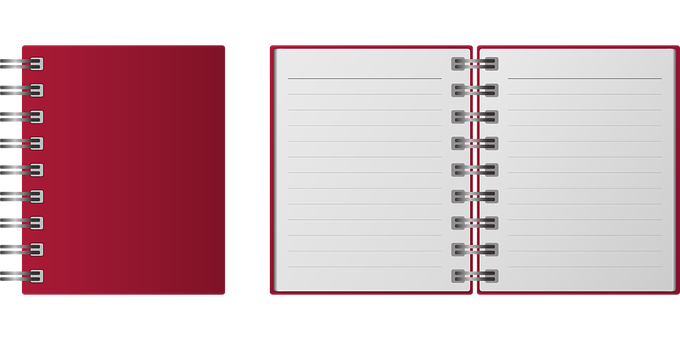An Overview
Cornell notes are a type of note-making that helps students determine which details are important to include for summary (Miller & Veatch, 2011).
The picture below shows the basic format for the Cornell note-taking.
As shown the students will plug in the topic, which can be the section or heading title.
Then students can plug the subheadings into the narrow column.
For each subheading, students record important details, definitions, illustrations, notes, and examples.
Finally, students include a summary at the end of the section or heading.
According to Ruschhaupt (2010), the Cornell method helps keep information organized so it is easier to focus on the main points, and it is an efficient way to take notes.
The following link authored by Ruschhaupt gives great detail in how to use this method and an example: Using the Cornell Note-Taking System.
Picture
Reading Example
Use the Cornell note-taking method to answer questions and write in detail for main ideas.
If students are unfamiliar with the Cornell note-taking method, it is important to model this with them. Give students the important components needed to summarize a short story. It would be good to learn these components: plot, characters, setting, theme, etc. beforehand so students can easily follow along. The example of the model lesson is shown below, titled “short story elements”. (Follow the link in the caption to see that example and other subject examples as well.)
Once students are familiar with the needed elements, read a short story and fill in Cornell notes together. The corresponding questions are shown in the blank notes below.
Finally, students can do this with short stories independently. Use it for assessments, assignments, or simply to prepare for a quiz.
Science Example
Use the Cornell note-taking method to summarize and identify key points from sections of text.
This lesson is more structured in terms of following the text subheading and then summarizing key ideas and objectives.
As always, it is important to model and guide students through examples before they do this activity on their own.
For the model start with a recently learned text and go over the details of how to take notes on something they are already familiar with. This will serve as a good review and help students learn a new skill.
For the next section have students work with partners to fill in the Cornell notes sheet (or have them make their own in their notes) together. The teacher will monitor progress by walking around the room guiding and answering questions. After students finish, go over the notes together and decide on the main points for each section and determine the best summary that focuses on the objectives.
Finally, have students complete the third section independently. Check student understanding of the summarizing technique and reteach if necessary. Then students can use the method on their own to help study effectively.
Below is a sample of key points taken from a section from the Solar system chapter called “The Inner Planets”. The resource can be found in the reference section of this website under Alier & Garland.
Picture
The above video explains how to set up Cornell notes. This includes the general idea of what to include in each part of the Cornell notes. The teacher also gives some examples of Cornell notes from different resources, such as video or text.
The above video is taught by a couple of middle school students. They too, like the teacher, explain how to set up the Cornell notes in detail. They also explain why these notes are useful.
Writing Component
One of the middle school writing standards for common core states: “Develop the topic with relevant, well-chosen facts, definitions, concrete details, quotations, or other information and examples.”
The Cornell method of note-taking is tied to this standard in a couple of ways. Students must choose the important facts by determining the objectives of the note-taking process. These important facts can be supported by examples. It is a skill that will help them then summarize the relevant, well-chosen facts, etc. This method would also be a great precursor to writing a paper on the topic as well because it organizes the main ideas, putting them in a logical sequence. Therefore, this method of note-taking has a direct tie-in to the writing standards for middle school common core standards.